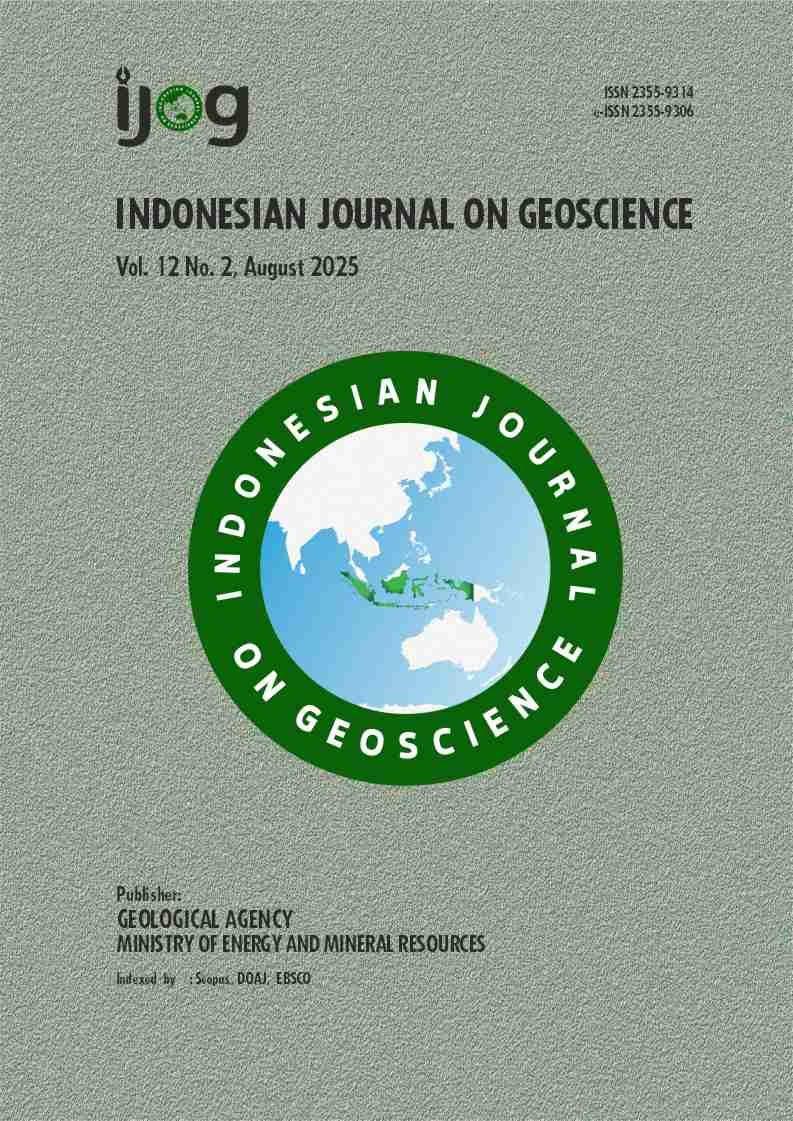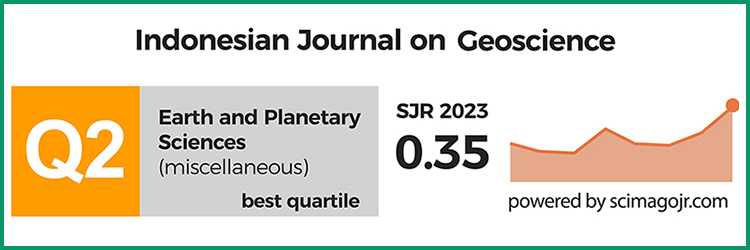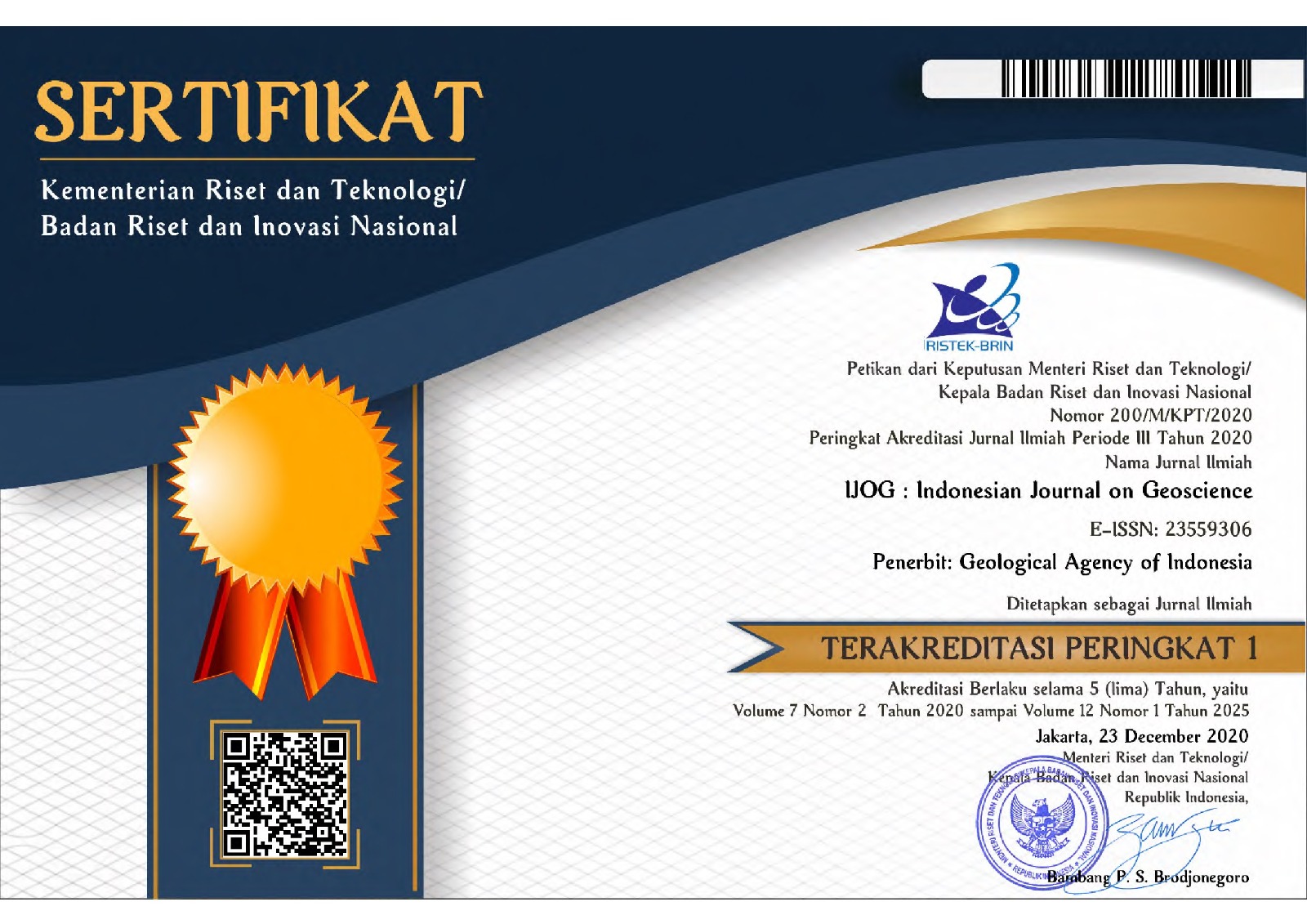Generating Indonesian-wide Vs30 Map Using Engineering Geomorphology Approach
DOI:
https://doi.org/10.17014/ijog.12.2.217-229Abstract
Earthquake hazards can be viewed from two perspectives, the first, source of earthquake and the second, place where we human live and carry out our activities. From the second point of view, information regarding the physical properties of soil where we are sitting on becomes crucial to calculate its vulnerability. Physical properties of soil, geologist calls it rock, are often represented by a single value, namely Vs30, which stand for average shear-wave velocity on the 30 m uppermost of soil. Measure Vs30 for whole country is a job with next-to-zero-possibility to complete, consequently, we need to have a technique to accurately estimate Vs30. Engineering gemorphology, a method that utilizes geology, and morphology to approximate Vs30 in national-scale level has been applied to create robust Vs30 data set for whole Indonesian region. Furthermore, the Mean Absolute Percentage Error (MAPE) is employed to judge the accuracy of the Vs30 produced from engineering geomorphology technique for Jakarta dan Jayapura data sets. According to MAPE score, which are 28.16% and 37.83%, engineering geomorphology is able to produce reasonable Vs30. If we split MAPE’s calculation into soil class of E, and D, in Jakarta the value is 39.63% (reasonable) and 24.75% (reasonable), while in Jayapura the MAPE score for E-, D- and C-classes are 74.22% (inaccurate), 40.09% (reasonable) and 24.00% (reasonable), respectively.



















